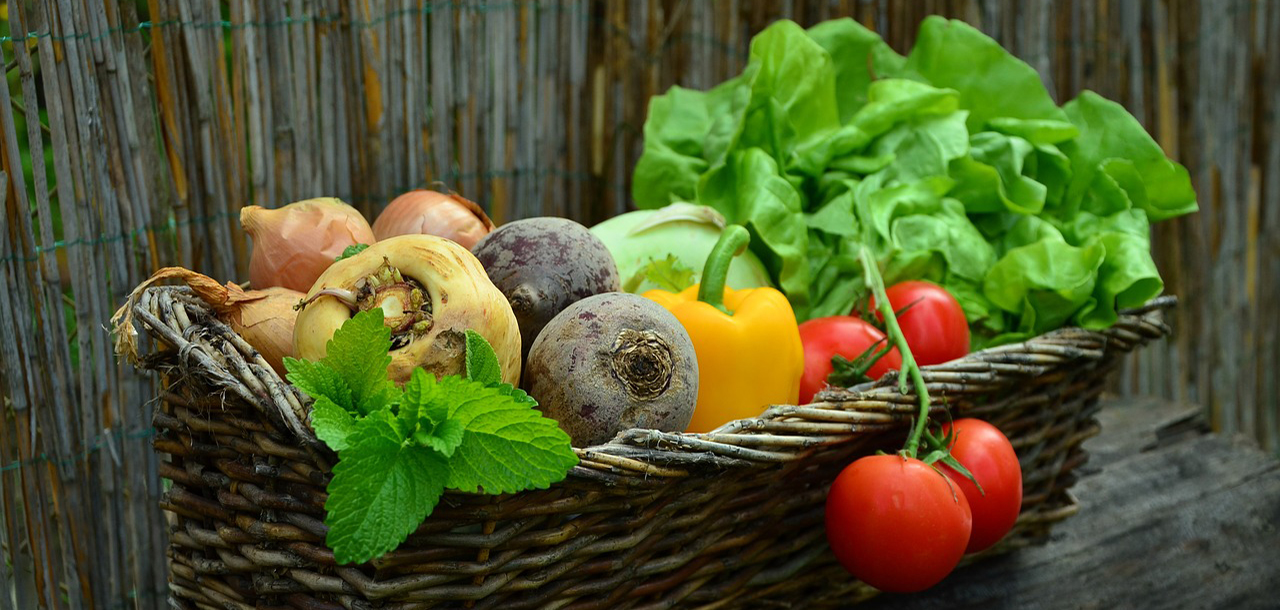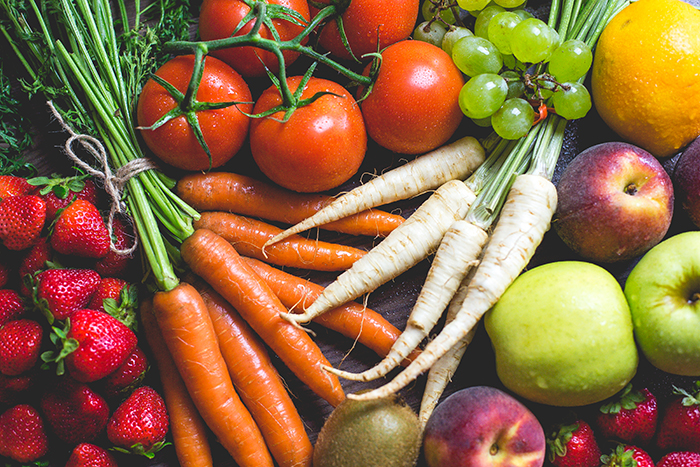Want to know what’s the best medicine on the planet? It’s not some fancy, expensive pill in a bottle. It’s food. Yup, what you put at the end of your fork is more powerful medicine than anything you will find in a pharmacy. Our functional medicine guru Dr Mark Hyman explains why.
Beyond simply conveying calories, food is a source of special ingredients than can prevent and treat disease and transform your health. These are called phytonutrients – special plant chemicals that are not calories, protein, fat, carbohydrates, vitamins and minerals, but special molecules that interact with your biology. More importantly, they act like switches on your DNA to heal your body.
Science is discovering that food contains information that speaks to our genes. We are learning this from research in the field of nutrigenomics, which has shown that food “talks” to our DNA, switching on or off genes that lead to health or disease. What you eat programs your body with messages of health or illness.
What should I eat? Think Color
The vast array of color in vegetables represent over 25,000 beneficial chemicals. Those colors are the very sources of the phytonutrients. Plants use colors as their protective mechanisms. We use their defense mechanisms to help our bodies function better – these are the anti-inflammatory, detoxifying, anti-oxidant and hormone-balancing compounds that we should eat every day to prevent disease and create optimal health.
There is evidence that interaction between the colors provides additional benefits, so it’s important to have a diverse diet and eat different foods.
Fruits and vegetables are historically and biologically important. Our ancestors, the hunter-gatherers, ate over 800 varieties of plant foods.
Each color represents a different family of healing compounds. Though we have selectively bred the colors we eat into very narrow ranges in nature vegetables comes in a painter’s palate of color. There are red carrots in India, we eat orange ones. There are 150 varieties of sweet peas, but only a few are available to us. We need to make an extra effort to eat many different foods to get the full range of benefits.
Here are a few tips to put healing medicines in your diet without swallowing a pill. If there were a better drug on the market I would prescribe it, but there isn’t, so eat your medicine every day.
Remember to eat the rainbow!
Red Group
Tomatoes, pink grapefruit, watermelon
These contain the carotenoid lycopene, which helps rid the body of free radicals that damage genes. Lycopene seems to protect against prostate cancer as well as heart and lung disease. Processed juices contain a lot of the beneficial ingredients. One glass of tomato juice gives you 50 percent of the recommended daily lycopene.
Yellow/Green Group
Spinach greens, collard greens, mustard greens, turnip greens, yellow corn, green peas, avocado, honeydew melon
These are a source of the carotenoids lutein and zeaxanthin. These are believed to reduce the risk of cataracts and age-related macular degeneration. Lutein is a yellow-green substance that concentrates in the back of your eye. It may also reduce atherosclerosis.
Orange Group
Carrots, mangos, apricots, cantaloupes, pumpkin, acorn squash, winter squash, sweet potatoes
These contain alpha carotene, which protects against cancer. They also contain beta-carotene, which the body converts to vitamin A. It protects the skin against free-radical damage and helps repair damaged DNA. Beta-carotene is also good for night vision. It’s important to note that these beneficial nutrients can be received from other foods, too. For instance, vitamins found in dairy products and meat. But it’s not as beneficial because you get high calories and fat along with it.
Orange/Yellow Group
Pineapple, orange juice, oranges, tangerines, peaches, papayas, nectarines
These contain beta cryptothanxin, which helps cells in the body communicate and may help prevent heart disease. In addition, a single orange contains 170 percent of the recommended daily vitamin C. It’s interesting to note that the skin of an orange is high in a protective fat that has been found to kill cancer cells in humans and animals, which highlights the fact that two-thirds of all drugs come from the plant world.
Red/Purple Group
Beets, eggplant, purple grapes, red wine, grape juice, prunes, cranberries, blueberries, blackberries, strawberries, red apples
These are loaded with powerful antioxidants called anthocyanins believed to protect against heart disease by preventing blood clots. They may also delay the aging of cells in the body. There is some evidence they may help delay the onset of Alzheimer’s disease.
Green Group
Broccoli, Brussels sprouts, cabbage, Chinese cabbage or bok choi, kale
These contain the chemicals sulforaphane and isocyanate and they also contain indoles, all of which help ward off cancer by inhibiting carcinogens. It’s a fact that ten percent of the population – like George Bush Sr – doesn’t like broccoli. But it is important in diets because of the beneficial chemicals it contains.
White/Green Group
Leeks, scallions, garlic, onions, celery, pears, white wine, endive, chives
The onion family contains allicin, which has anti-tumor properties. Other foods in this group contain antioxidant flavonoids like quercetin and kaempferol.
This article was originally published on Dr Mark Hyman’s website.

